
The 24 solar terms, based on the sun's position in the zodiac, were created by farmers in ancient China to guide the agricultural affairs and farming activities. The 24 solar terms reflect the changes in climate, natural phenomena, agricultural production, and other aspects of human life, including clothing, food, housing, and transportation. The 24 solar terms play important roles and have greatly influenced people's basic needs in life, and they still have an important function nowadays.
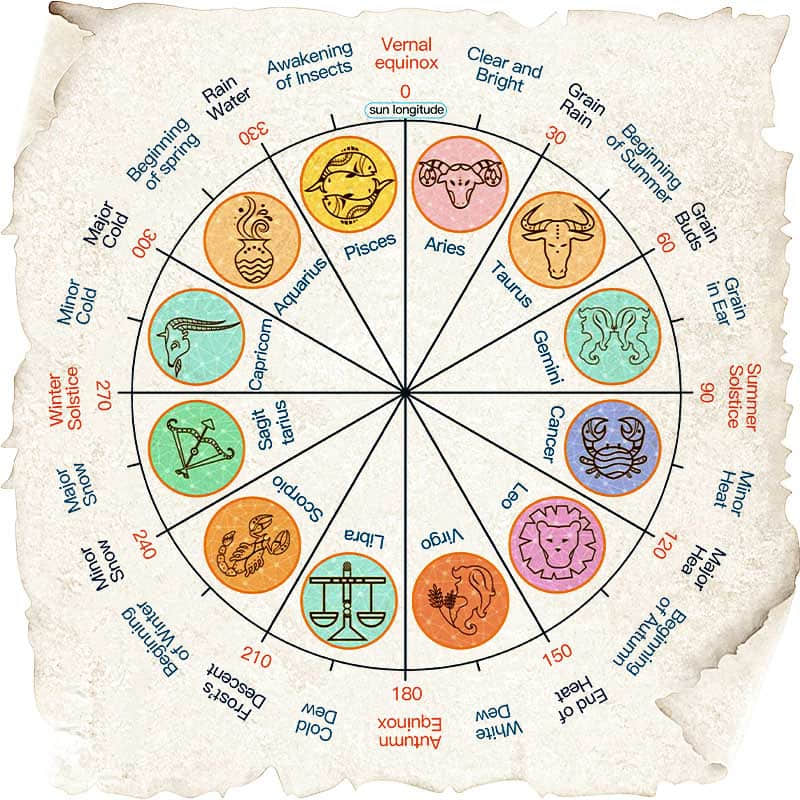
The Chinese zodiac, or shengxiao (/shnng-sshyao/ ‘born resembling'), is a repeating cycle of 12 years, with each year being represented by an animal and its reputed attributes. In order, the 12 Chinese horoscope animals are: Rat, Ox, Tiger, Rabbit, Dragon, Snake, Horse, Goat, Monkey, Rooster, Dog, Pig. 2020 is a year of the Rat.
The Chinese calendar - like the Hebrew - is a combined solar/lunar calendar in that it strives to have its years coincide with the tropical year and its months coincide with the synodic months.

Dr. Robert Eno of Indiana University wrote: “The high value placed on artistic accomplishment during the Tang transformed poetry into a cultural industry. Although poetry remained important to the ideal of the complete literatus in later dynasties, Tang poetry stands out in Chinese cultural history, and is often spoken of as China's greatest contribution to world literature."
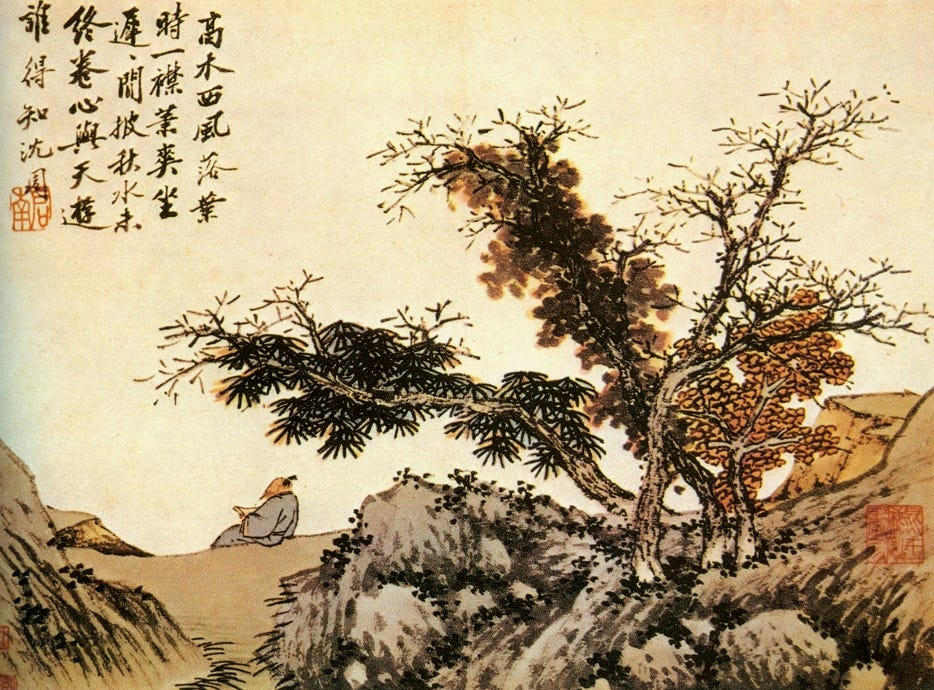
Cí is a type of lyric poetry in the tradition of Classical Chinese poetry. Cí use a set of poetic meters derived from a base set of certain patterns, in fixed-rhythm, fixed-tone, and variable line-length formal types, or model examples. The rhythmic and tonal pattern of the ci are based upon certain, definitive musical song tunes. They are also known as Changduanju ("lines of irregular lengths") and Shiyu ("the poetry is besides Shi").

The Potala Palace, winter palace of the Dalai Lama since the 7th century, symbolizes Tibetan Buddhism and its central role in the traditional administration of Tibet. The complex, comprising the White and Red Palaces with their ancillary buildings, is built on Red Mountain in the centre of Lhasa Valley, at an altitude of 3,700m. Also founded in the 7th century, the Jokhang Temple Monastery is an exceptional Buddhist religious complex. Norbulingka, the Dalai Lama's former summer palace, constructed in the 18th century, is a masterpiece of Tibetan art. The beauty and originality of the architecture of these three sites, their rich ornamentation and harmonious integration in a striking landscape, add to their historic and religious interest.
Situated at a strategic point along the Silk Route, at the crossroads of trade as well as religious, cultural and intellectual influences, the 492 cells and cave sanctuaries in Mogao are famous for their statues and wall paintings, spanning 1,000 years of Buddhist art.
Chinese New Year, also known as Lunar New Year or Spring Festival, is China's most important festival. It is also the most important celebration for families and a week of an official public holiday.
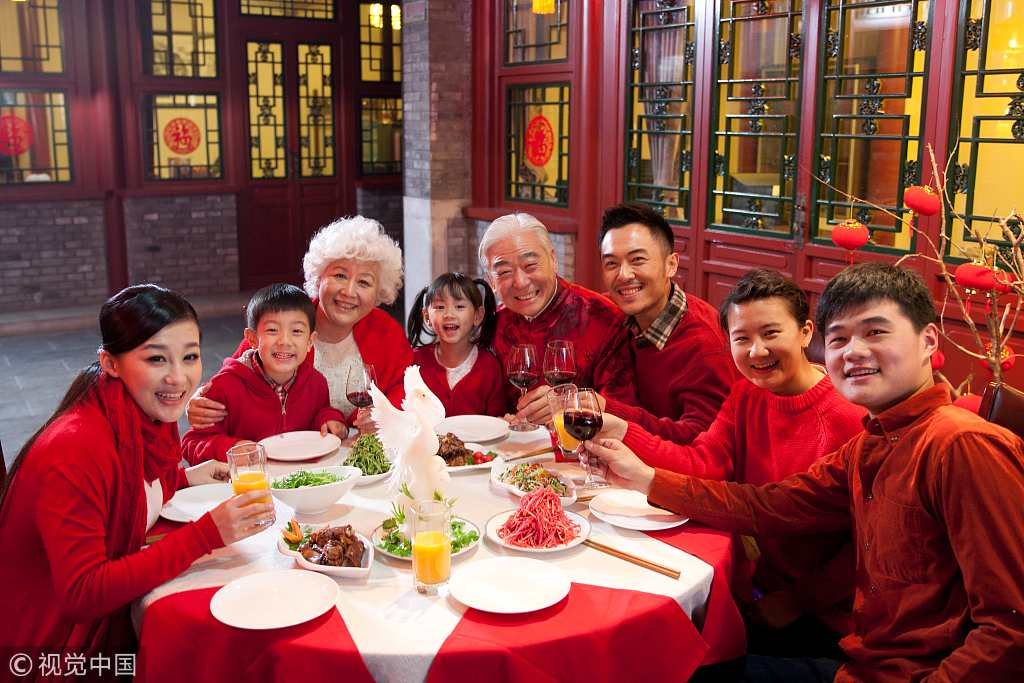

The Lantern Festival is the last day (traditionally) of China's most important festival, Spring Festival. After the Lantern Festival, Chinese New Year taboos are no longer in effect, and all New Year decorations are taken down. The Lantern Festival is also the first full moon night in the Chinese calendar, marking the return of spring and symbolizing the reunion of family.
Qingming Festival, also called Tomb Sweeping Day or Pure Brightness in English, usually falls on April 4 or 5. Qingming (清明) is the second of 24 solar terms on the traditional Chinese solar calendar. It is also a time for people to go outside and start enjoying the greenery of spring.
Dragon Boat Festival, also known as Duanwu Festival, is a traditional festival full of traditions and superstitions, maybe originating from dragon worship; an event on the sporting calendar; and a day of remembrance/worship for Qu Yuan, Wu Zixu, and Cao E. On October 30th 2009 it was added to the UNESCO World Intangible Cultural Heritage List.

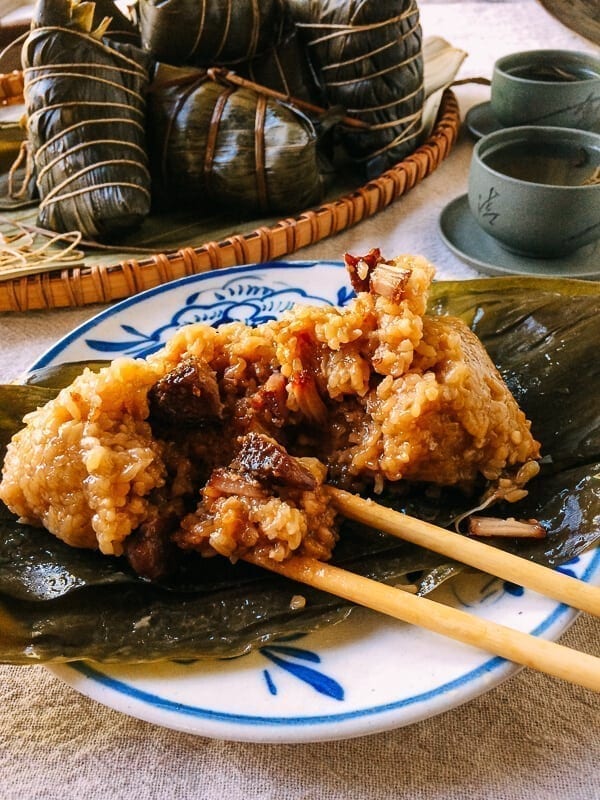
The Double Seventh Festival (Qixi Festival) is one of Chinese traditional festivals, and also known as a Chinese Valentine's Day. It's based on a romantic legend about a weaver girl and an ox herd.

The Mid-Autumn Festival is celebrated in many East Asian communities. In China, it's a reunion time for families, just like Thanksgiving, while in Vietnam, it's more like a children's day.

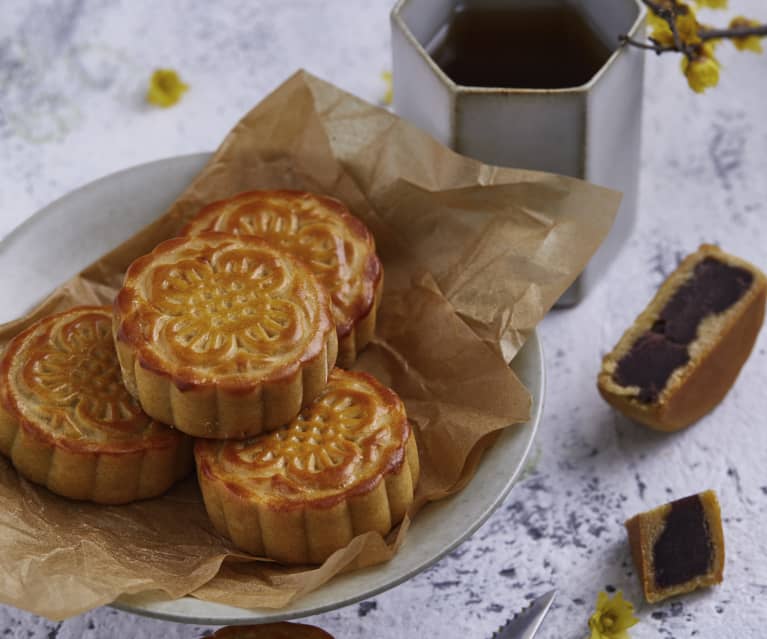
Eating steaming hot dumplings with friends or family and eating food with special high yang herbs and spices is still a custom in northern China on the day of the winter solstice. Some people in southern China and some Chinese in communities in Southeast Asia gather together to make and eat a meal of tangyuan (汤圆 Tāngyuán /tung-ywen/). Tangyuan symbolizes family unity and prosperity.

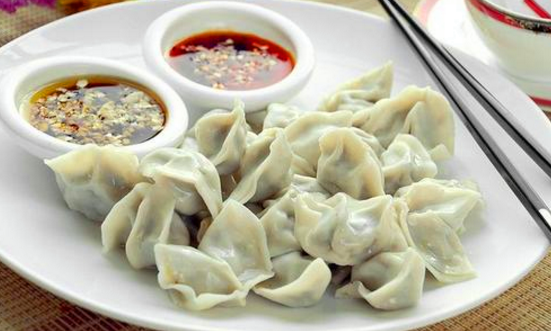
Beijing 北京
Beijing has a history of about 3,000 years, and has almost continually been the capital for the last 700 years. It was the capital of six ancient dynasties, including the empires of the Yuan, Ming, and Qing that were the largest and most powerful.
The Forbidden City is the palatial heart of China. Constructed in 1420, during the early Ming Dynasty, it is China's best-preserved imperial palace, and the largest ancient palatial structure in the world.
The Summer Palace , in northwest Beijing, is said to be the best preserved imperial garden in the world, and the largest of its kind still in existence in China. It is only a short drive (15 km) from central Beijing, but seems like another world.
The Great Wall of China is one of the greatest sights in the world — the longest wall in the world, an awe-inspiring feat of ancient defensive architecture. Its winding path over rugged country and steep mountains takes in some great scenery.
Xi'an 西安
Xi'an served as the imperial capital for ten ancient imperial dynasties and a number of regional kingdoms. Xi'an has a great number of precious relics and historical sites, some dating back to its times as capital. More than 4,000 historical sites and tombs have been excavated.
The underground terracotta army found in the First Emperor’s burial complex is undoubtedly one of the most remarkable and mysterious discoveries from the ancient world. A sprawling citadel has been unearthed, complete with gardens and stables, bronze ritual vessels, jade jewelry, and a wealth of gold and silver ornaments.

At 12 meters high and 15 meters wide, the 14-kilometer-long Xi'an City Wall is the most complete ancient city wall in China. It's also the most dramatic place to view one of China's most fascinating cities.
The Giant Wild Goose Pagoda, located in southern Xi’an, is a very famous ancient pagoda in China built for more than 1,300 years. It is the bright pearl on the Silk Road with excellent architectural beauty, precious Buddhist relics, rich religious culture, stories of the famous ancient monk - Xuan Zang, etc.

Daming Palace, located on Longshou Plain in the north-east of Xi’an, is a cluster of palaces built during the Tang Dynasty. It is currently the most magnificent, most neatly arranged and most distinctively planned palace cluster in the world.
Nanjing 南京
Nanjing is one of China’s most significant cities, and is recognized as one of the Four Great Ancient Capitals of China alongside Beijing, Xi’an and Luoyang. Due in part to its strategic location on the Yangtze River, Nanjing served as the capital of 10 Chinese dynasties and regimes spanning 1,800 years, including the Ming dynasty and the Republic of China.
The Huai River is the old name for what is now called the Qin Huai River. It is said to have been built by the first emperor of the Qin Dynasty. Visitors come to the Huai River for sightseeing and boat cruising. The river forms a route that goes to many scenic spots and historical sites. The Qin Huai River has long been a symbol of Nanjing.
Hangzhou 杭州
Hangzhou is one of the most important tourist cities in China. With its enchanting natural scenery and rich cultural heritage, it attracts many visitors. It is gradually being transformed into a city of technology. It's where Alibaba's headquarter locates.
West Lake is an iconic, symbolic sight in Hangzhou and is regarded as one of the most beautiful sights in China. Its beauty is the subject of many poems and paintings. Legends originating in West Lake add to it an aura of romance.
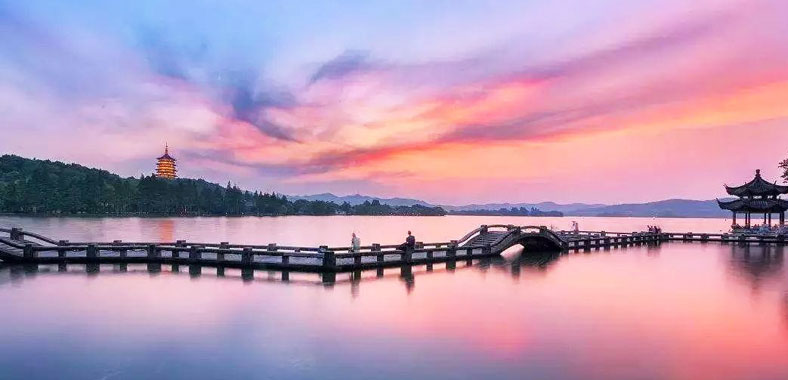
Longjing tea, also known as West Lake Dragon Well tea, is named after its production region-Longjing Village of West Lake in Hangzhou, Zhejiang Province. West Lake Dragon Well tea has topped the list of the ten most famous teas in China and is characterized by its green color, delicate aroma, mellow taste and beautiful shape.

Explore. Discover. Create.
24255 Pacific Coast Highway, Malibu, CA 90263 Phone: 310.506.7273Copyright © 2025 Pepperdine University